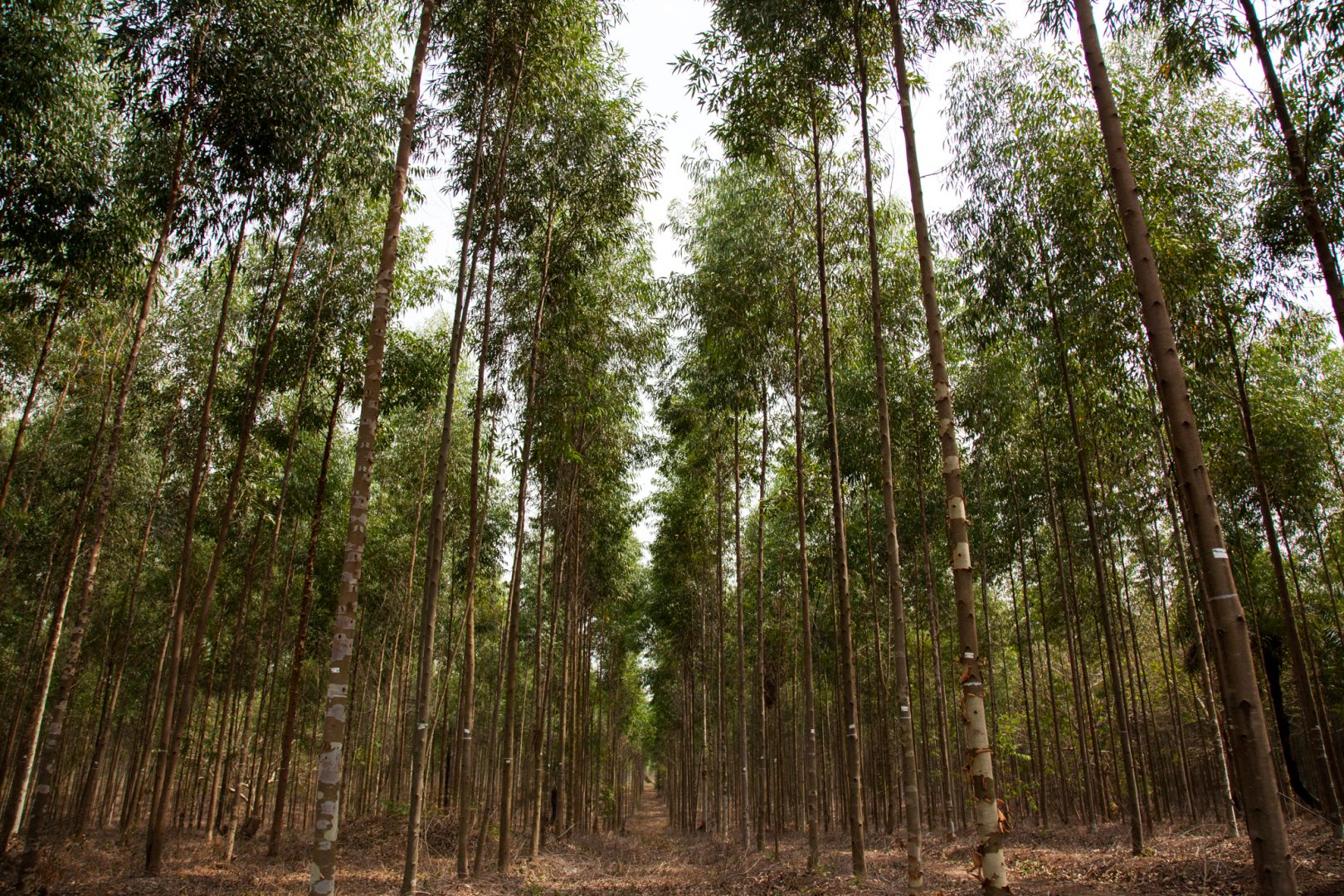A changing climate – how can we accelerate investment to help businesses and communities adapt?
The fight against climate change is not simply one of minimising the inevitable increase in global temperatures. It is also about supporting countries to adapt and become more resilient to existing climate impacts and future threats.
Across every continent, countries are experiencing the impact of climate change. Climate related disasters nearly doubled over the last two decades, with the number of major floods more than doubling, the incidence of major storms growing, and severe droughts on the rise.
The situation is most serious in the countries where we invest, in Africa and South Asia. Communities that rely on the natural environment for their survival are being hit the hardest – and while they are most at risk, they are also the least prepared, meaning they are particularly vulnerable. Without local measures in place to adapt to climate impacts and increase the resiliency of economic activities, communities may be forced into migrating. The number of climate migrants continues to climb and it is very likely that this figure will reach hundreds of millions in the near future.
So, the need for urgent action is clear. We need both climate change adaptation approaches – which reduce the risks posed by climate change – and resilience measures – which increase the capacity of businesses and communities to absorb the stress imposed by climate change.
However, there’s a clear gap between the need for investment in these approaches, and the reality of current financing. While current estimates from the United Nations put the need at $300 billion per year, international financial flows to adaptation and resilience are estimated at only $30 billion per year. And this figure represents a mere 20 per cent of total international climate finance flows. At the same time, OECD numbers show limited mobilisation of private finance for adaptation and resilience.
The COVID-19 pandemic has acutely demonstrated the vulnerability of economies. As Governments look to rebuild their economies and communities, we have an opportunity to build back better in a way that increases resiliency to future health and climate shocks.
What does this all mean for an impact investor like CDC? In our Climate Change Strategy, published earlier this year, we identified adaptation and resilience as a priority and one of the three building blocks of our approach to align with the Paris Agreement. That means two areas of action for us.
First, we need to ensure all our investments are resilient to climate-related impacts. We’re addressing climate risks and opportunities as part of the financial analysis we do for each investment we make. This is particularly important for infrastructure and in sectors like food and agriculture, construction and real estate, which are especially exposed to climate risks. There’s a clear business case for addressing this risk – for example, studies estimate that 17 per cent of financial value could be at risk depending on the degree of temperature rise.
Once we’ve assessed these risks, we will need to work with existing and new portfolio companies to help them put in place measures to adapt and be resilient to the changing climate.
One example in our current portfolio is Zephyr Power, a renewable energy company in Pakistan developing a wind power plant. It’s built in a tidal and coastal location and, due to rising sea levels, may become exposed to increased flooding over time. We’ve worked with the company to implement a mangrove rehabilitation programme which will provide resiliency to the effects of climate change while creating new economic opportunities to the local community. Such nature-based solutions critically enhance biodiversity, which is increasingly recognised as protecting against future health risks.
Second, we’re intentionally investing more in the companies that deliver adaptation and resiliency solutions at the local level. One example is Roserve, a company in India that provides wastewater treatment and recycling solutions to businesses that may face water scarcity from prolonged droughts in the future. It’s a service that is vital in one of the world’s most water-stressed countries. Another example is ‘drip irrigation’ providers, which use technology to enable efficient water and nutrient supply for growing crops. At CDC, most of the opportunities we’re seeing to invest in adaptation and resilience solutions are at an early-stage and are relatively small scale.
However, a range of market barriers are currently limiting the potential business opportunities. For example, in most countries where we invest, the capabilities and markets for investments, products or services in adaptation and resilience are only just emerging. Barriers include a misperception that investing in resiliency only provides public benefits, and regulatory frameworks that fail to correct this. The prohibitively high risk-reward profiles of capital intensive and early-stage businesses results in a lack of affordable capital, further compounded by limited human capabilities and know-how.
Similarly, because climate-related hazards are determined by local context, there is no ‘one-size-fits-all’ solution. This makes it harder to take a standardised approach that is needed to attract private investment for adaptation at scale.
Overcoming these barriers requires actions on several fronts.
First, governments have a role to play balancing the risks and rewards that investors face, for example by procuring infrastructure, and development banks can help with this. Second, grant funding and technical assistance can provide early-stage capital to develop the pipeline of local businesses – and in turn the development finance institutions can accelerate investment to grow these businesses. Third, companies need support to develop tools that help them incorporate climate risk into their business strategies. Finally, we all need common standards so we can understand what businesses and assets are resilient and providing local solutions. The new EU Sustainable Finance taxonomy approach towards adaptation provides a good basis for this.
To progress these actions, much greater collaboration is now needed between development finance institutions and multilateral and bilateral development banks that directly support governments. Together we have a key role in accelerating investment to grow local markets and businesses that will be required to provide adaptation and resiliency services over the coming decades.
That is why this week we’re delighted to be hosting, along with our shareholder, the Foreign, Commonwealth and Development Office, an event at the Finance in Common Summit on accelerating climate adaptation and resiliency investments. We hope that this event will launch new collaborative efforts that are required to ensure a climate resilient development path for all. We’ll be continuing to work together through key global climate events of 2021 – the next big milestone on the road to COP26 being the Climate Adaptation Summit on 25 January.
Find out how our investee renewable power company Zephyr Power has adapted to rising sea levels using nature-based solutions.












